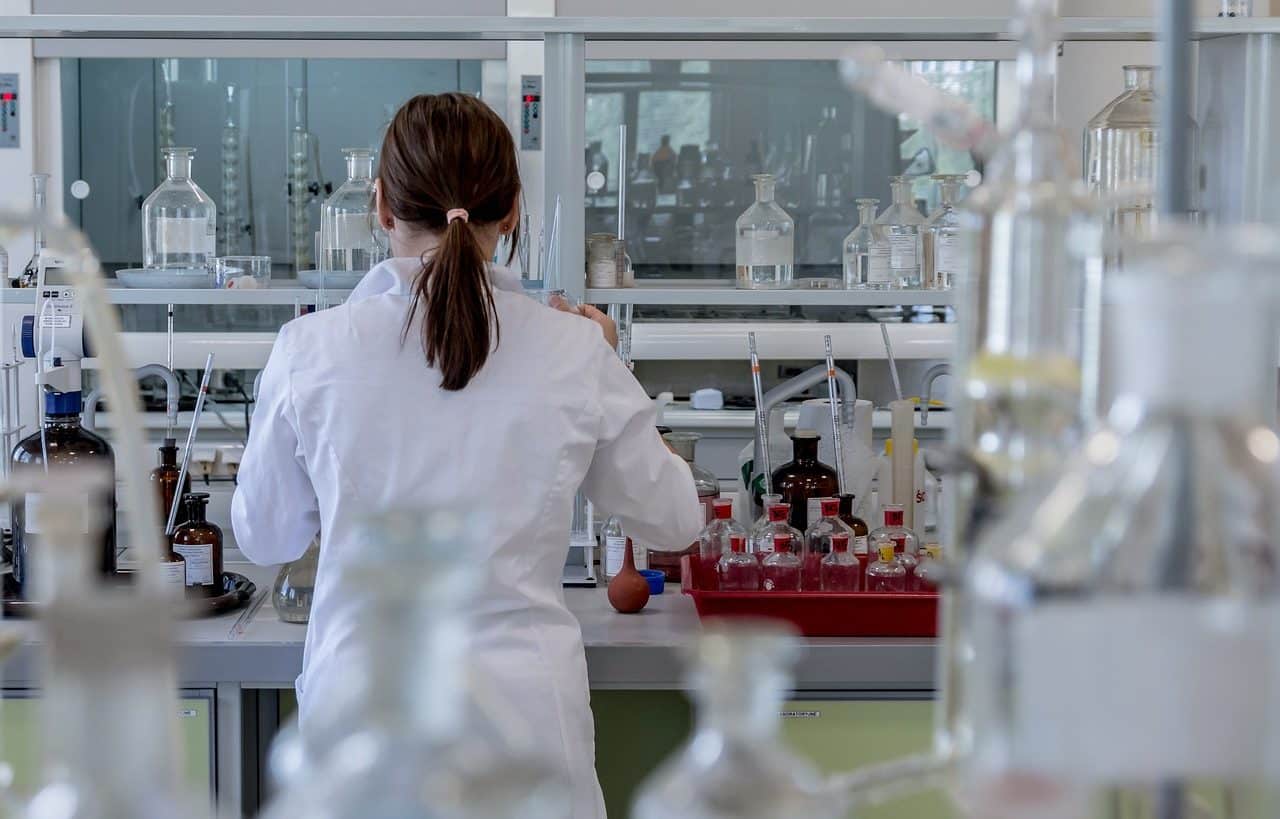
Thanks to chemical synthesis, hygiene and cleaning products, drugs, etc. can be prepared.
Chemical synthesis is an essential procedure for the production of nanoparticles and certain drugs, for example. It is a resource or method that, thanks to the development of chemical compounds based on elemental or simpler substances, allows us to obtain chemical substances that do not exist in nature.
To understand what chemical synthesis consists of, what its particularities are and what applications it has, it is necessary to educate yourself about the formation and varieties of chemical bonds; the types of synthesis and the techniques included in each category and the equipment and tools needed for these processes. It is also enriching to know the importance and value that chemical synthesis has within agriculture , nanotechnology and the pharmaceutical industry , among other areas.
Before giving way to data of interest regarding this topic, it is interesting to highlight that scientific research and technological advances do not stop and give rise, for example, to a robot named RoboChem . According to what has emerged, in just one week this invention, benefiting from the benefits of artificial intelligence, optimizes the synthesis of between ten and twenty molecules (thus demonstrating its speed to work autonomously uninterruptedly), exhibits good performance and It is reliable due to the precision of its results.
Features of chemical synthesis
Chemical synthesis is an ally of the human being for the production of soaps and/or detergents and to obtain adhesives, plastics, steel and medicinal substances, among other elements.
The interaction of a pair of molecules or atoms towards the formation of a different compound or structure is known as a synthesis reaction . It is a phenomenon that involves the release of heat (or energy): although most are exothermic reactions , there are occasions in which endothermic reactions occur. This type of chemical process, also called direct combination , includes combustion, double displacement and single displacement reactions.
It is appropriate to know that multiple chemical syntheses can be streamlined, optimized and gain precision thanks to automation and/or the use of a modern chemical reactor .

In a laboratory, chemical synthesis can be used (mixing different chemical substances and compounds) to obtain medicines.
Synthesis classes and methods
A compilation of theoretical information and a survey of the practical use of chemical synthesis offer precise references as to what types and methods of synthesis exist.
It is possible to recognize, in this context, a promotion plan focused on a novel technology that uses a chemical synthesis aimed at corrosion inhibitors characterized by being biodegradable and non-toxic. To achieve them, the researchers involved in this initiative driven by principles of green chemistry dedicated themselves to designing chemical synthesis routes inspired by the essence of sustainable chemistry . There is also room to apply a chemical synthesis based on solid-state microwaves when working to synthesize nanomaterials or certain molecules.
Furthermore, cultivated organic synthesis is very widespread to manufacture, among other products, dyes, drugs and plastics. In this field (in which the technique of retrosynthetic analysis is valid), a distinction is made between partial synthesis , total synthesis (that is, a synthesis of complex organic molecules ) and convergent synthesis .
There are those who are dedicated, for their part, to inorganic synthesis and experts in polymerization . In relation to this last alternative, a chemical process that can be activated by addition reactions or with a condensation reaction , it is useful to highlight that the synthesis of proteins and DNA is made possible through biological polymerization reactions .
In the case of the so-called asymmetric synthesis , the modality is extremely useful in the field of pharmacology since this chemical process (which receives, simultaneously, the names of enantioselective synthesis and chiral synthesis ) seeks to favor, introduce or preserve the chirality that is desired.

Using chemically synthesized cosmetics frequently and for a long period of time can cause skin problems and other disorders that affect health.
Examples of chemical synthesis
With the practical use of chemical synthesis , experimentation and scientific findings, more and more examples of everything that can be achieved through this process are being added.
Some time ago an interesting novelty came to light for the organic (or printed) electronics sector since a group of scientists managed to carry out chemical syntheses using metal nanoparticles in order to obtain conductive nanoinks that do not oxidize.
Other researchers, for their part, have directed their efforts to give impetus to an ecologically based option known as microwave- based synthesis of bioactive compounds .
Nor can we fail to distinguish the synthesis of aromatics , for which numerous methods are considered that enable the organic synthesis of aromatic hydrocarbons (or arenes) starting from non-arene precursors.
In different disciplines and areas of study, both the synthesis of magnetic materials and solid phase synthesis and liquid phase synthesis related to peptides are also very useful.
